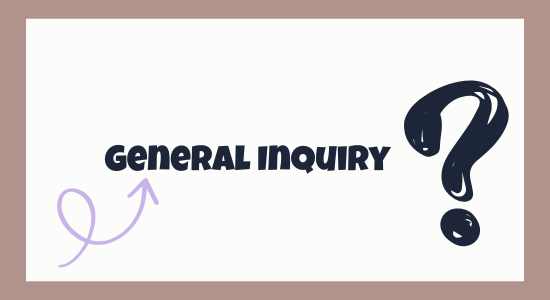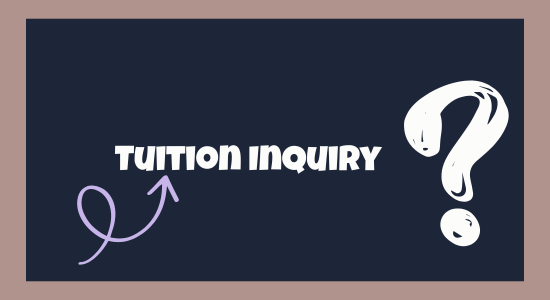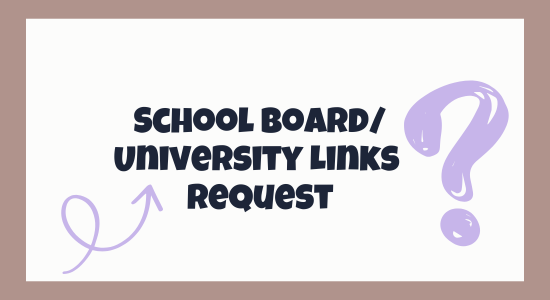
How to Make Learning Accessible for All Students: Strategies for Inclusive Education
Creating an inclusive and accessible learning environment is essential for ensuring that all students, regardless of their abilities or backgrounds, have equal opportunities to succeed. Accessibility in education goes beyond physical accommodations, encompassing diverse teaching methods, adaptive technologies, and a mindset of inclusion. In this blog, we will discuss the importance of accessible learning and practical strategies to achieve it in educational settings.
Understanding Accessibility in Education
Accessibility in education refers to the process of designing and delivering instruction that meets the diverse needs of all learners. This includes students with disabilities, those from culturally diverse backgrounds, and learners with different socio-economic statuses. An accessible education system removes barriers and provides equal opportunities for all students to participate and thrive.
Importance of Accessible Learning
- Promotes Equity: Accessibility ensures that every student has the tools and resources needed to succeed, regardless of their challenges.
- Enhances Learning Outcomes: Inclusive practices foster engagement and participation, improving academic performance.
- Prepares Students for the Future: An inclusive environment equips students with the social and emotional skills needed to thrive in a diverse society.
- Complies with Legal Standards: Ensuring accessibility aligns with legal frameworks such as the Americans with Disabilities Act (ADA) and the Individuals with Disabilities Education Act (IDEA).
Key Strategies for Making Learning Accessible
1. Adopt Universal Design for Learning (UDL)
UDL is a framework that directs the creation of instructional objectives, resources, and evaluations to ensure inclusivity and adaptability. Key principles include:
- The inequality in access to technology and the internet across different groups is termed the "digital divide."
- Diverse Modes of Representation: Present information in several formats, including text, audio, and visual media.
- Multiple Means of Action and Expression: Allow students to demonstrate their understanding through different methods, such as presentations, projects, or written assignments.
2. Utilize Assistive Technologies
Students with impairments can close gaps with the use of assistive technologies. Examples include:
- Screen Readers: Tools like JAWS or NVDA for visually impaired students.
- Speech-to-Text Software: Applications such as Dragon NaturallySpeaking to assist students with mobility or writing challenges.
- Adaptive Keyboards and Mice: Equipment designed for students with motor impairments.
- Captioning and Transcripts: Subtitles for videos to support hearing-impaired learners.
3. Provide Flexible Learning Options
- Blended Learning Models: Combine online and face-to-face instruction to cater to different learning styles.
- Self-Paced Learning: Allow students to progress at their own speed, accommodating individual needs.
- Accessible Online Platforms: Ensure that virtual learning tools comply with accessibility standards, such as WCAG (Web Content Accessibility Guidelines).
4. Foster an Inclusive Classroom Culture
- Encourage Collaboration: Group activities that promote peer learning and interaction.
- Celebrate Diversity: Incorporate cultural, linguistic, and personal experiences into the curriculum.
- Provide Emotional Support: Create a safe space where students feel valued and understood.
5. Train Educators in Accessibility Best Practices
- Professional Development: Offer workshops and training sessions focused on inclusive teaching strategies.
- Collaboration with Specialists: Work with special education professionals, speech therapists, and occupational therapists to address diverse needs.
- Feedback Mechanisms: Regularly seek input from students to improve accessibility efforts.
Overcoming Challenges to Accessibility
- Limited Resources: Advocate for funding and support from government and private sectors.
- Resistance to Change: Educate stakeholders about the benefits of accessibility and inclusion.
- Lack of Awareness: Provide continuous training for educators, administrators, and parents.
Real-World Examples of Accessible Learning Practices
- Accessible Textbooks: Organizations like Bookshare provide digital books for students with visual or physical disabilities.
- Inclusive Playgrounds: Schools designing physical spaces that accommodate children of all abilities.
- Hybrid Classrooms: Schools adopting flexible schedules to support remote and in-person learning.
Making learning accessible for all students is not just a moral obligation but a practical necessity to build a more equitable and inclusive society. By implementing strategies such as Universal Design for Learning, leveraging assistive technologies, and fostering inclusive classroom cultures, educators can create environments where every student has the opportunity to succeed. Collaboration among educators, parents, policymakers, and technology providers is essential to achieving this goal.
Accessibility in education is a journey, not a destination. With consistent effort and innovation, we can break down barriers and ensure that learning truly becomes a right, not a privilege, for every student.
0 Comments
-
Comments will be injected here via JS












Post a Comment